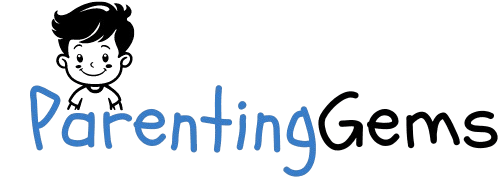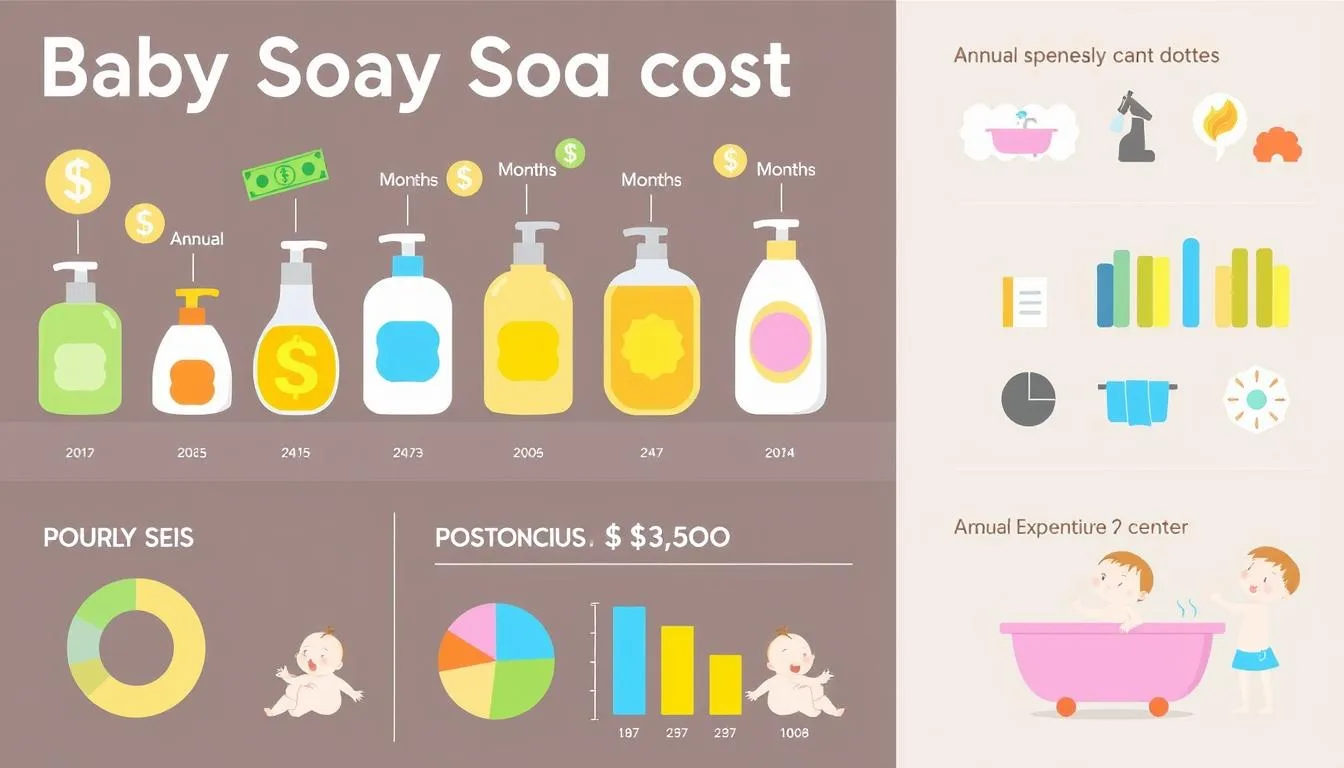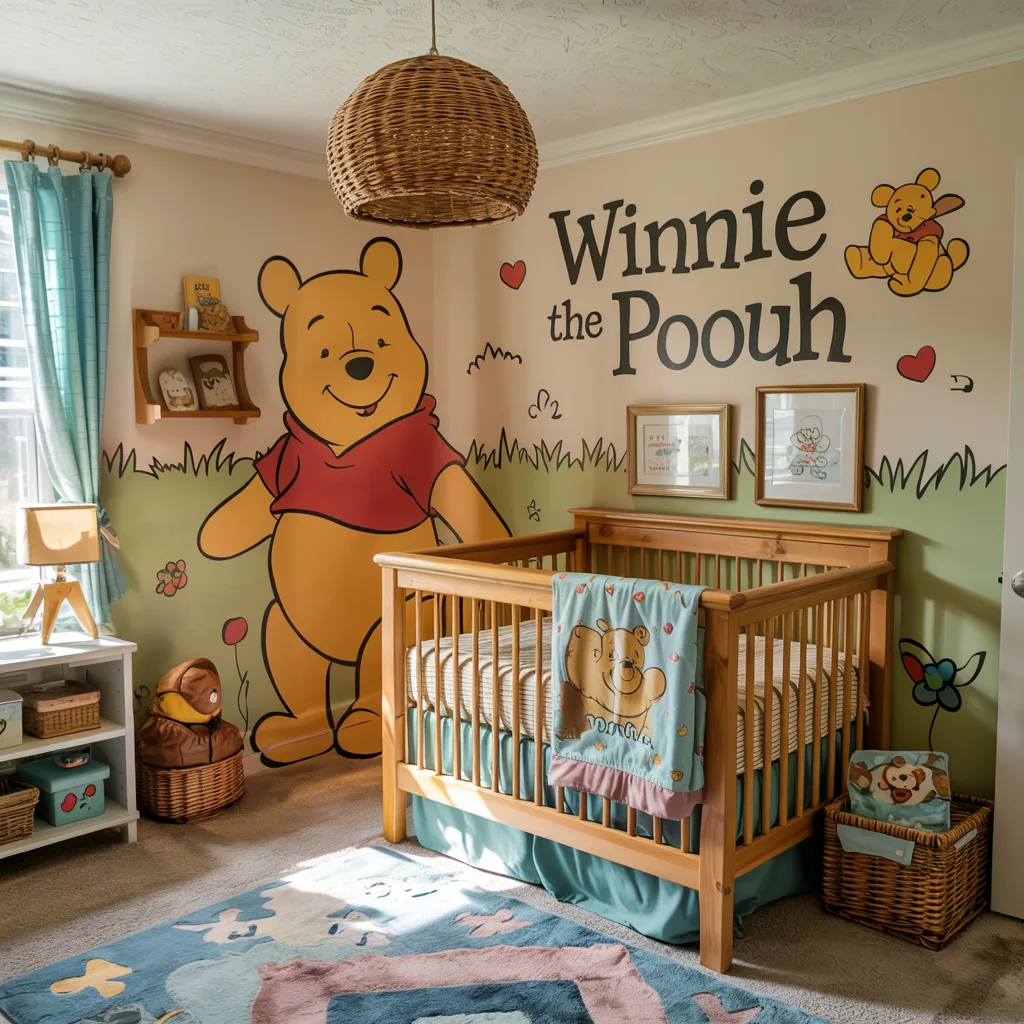How Much Do You Spend on Baby Soap Each Year can be tough. It’s especially true when it comes to baby soap expenses. Parents often don’t realize how much they spend on keeping their newborn clean and healthy. It’s key to understand your budget for infant skincare to plan your finances well during your child’s first year.
The total cost for a baby’s first year can be between $16,905 and $28,166. Health and hygiene supplies, like baby soap, play a big part in these expenses. Even though baby soap costs might seem low, they can add up fast, especially with how often it’s used and your baby’s specific skin needs.
Parents usually spend $10 to $20 a month on baby hygiene products. This includes soap, shampoo, and other skincare essentials. This means you could spend around $120 to $240 a year on baby soap, depending on the brand and your baby’s skin type.
Key Takeaways
- Annual baby expenses can range from $16,905 to $28,166
- Monthly hygiene product costs average $10-$20
- Baby soap is a recurring expense in infant skincare budget
- Skin sensitivity determines product selection
- Budgeting for baby soap is an important financial consideration
Table of Contents
Understanding Baby Hygiene Expenses in the First Year
Starting out as a new parent can be both thrilling and daunting. Keeping your newborn clean and comfortable is key. The first year is full of challenges in managing your baby’s hygiene needs without breaking the bank.

Essential Bath Time Products
Getting ready for your newborn’s hygiene routine is important. You’ll need a few key items. Make sure to include:
- Gentle baby soap for sensitive skin
- Soft washcloths
- Baby bathtub
- Mild shampoo
- Hooded towels
Frequency of Bath Time
Newborns don’t need to be bathed every day. Experts say two to three baths a week is enough. This keeps their skin moist and healthy. As your baby gets older, their bathing needs will change too.
Average Monthly Usage Rates
Every month, you’ll spend around $10 to $30 on baby hygiene products. This includes soap, lotion, and more. To save money, look for products that do multiple jobs and watch for sales.
Pro tip: Always test new products on a small area of your baby’s skin to check for potential allergic reactions.
Knowing these costs helps you plan for your baby’s first year. It ensures they stay clean and healthy without straining your budget.
How Much Do You Spend on Baby Soap Each Year

Knowing how much you spend on baby soap each year is key to managing your baby’s skincare costs. Parents usually spend between $100 to $200 a year on baby soap. This is a big part of their baby care budget.
Looking at yearly spending gives us some interesting facts:
- First-time parents often spend more in the first year
- Organic and natural soap options can make costs higher
- Choosing a brand can greatly affect how much you spend
“Investing in quality baby soap is not just about cleanliness, but protecting your infant’s delicate skin”
Several factors can change how much you spend on baby soap:
- Quality of the product and the brand’s reputation
- How often you bathe your baby
- Needs for sensitive skin
- Whether you prefer organic or traditional products
Research shows that 70% of parents choose hypoallergenic and fragrance-free soaps, even if it costs more. The demand for baby soap is growing by 4-6% each year. This shows how much parents care about their baby’s skin.
Breaking Down Monthly Baby Healthcare Costs
Managing baby healthcare expenses can be tough for new parents. Knowing the costs of infant care helps you plan better. This way, you can make smart choices about your baby’s health.

Regular Hygiene Supplies
Every month, you’ll need to budget for basic hygiene items. These include:
- Baby soap and body wash: $10-$30 per month
- Diaper rash creams: $5-$15 monthly
- Gentle moisturizers: $8-$20 per month
Premium vs. Budget Options
There are many products for baby hygiene. Premium items can cost a lot more than budget options. Some high-end brands might charge up to 50% more.
“Investing in quality doesn’t always mean spending the most money. Smart parents balance cost with effectiveness.”
Additional Skincare Necessities
Your baby might need special skincare items too. These include:
- Sensitive skin cleansers
- Organic lotions
- Dermatologist-recommended moisturizers
Plan to spend an extra $20-$50 a month on these products. Remember, every baby’s skin is different. Always check with your pediatrician for the best care.
Factors Affecting Baby Soap Expenses

Knowing what affects baby soap prices helps you choose wisely. The cost of baby hygiene items depends on several important factors. These factors can change how much you spend.
The main things that affect baby soap prices are:
- Brand reputation and market positioning
- Product ingredients and formulation
- Organic vs. conventional product lines
- Packaging size and quantity
- Specific skin sensitivity requirements
Organic baby products are usually pricier. This is because they use special ingredients and are made in a certain way. You might pay between $5-$15 for a bottle, depending on the brand and quality.
“Investing in quality baby skincare doesn’t always mean breaking the bank. Smart shopping can help manage infant skincare costs effectively.”
Your baby’s skin needs are key in deciding how much soap costs. If your baby has sensitive skin or special skin conditions, you might need to spend more. This can increase your monthly costs for hygiene.
| Product Type | Average Price Range | Usage Frequency |
|---|---|---|
| Conventional Baby Soap | $3 – $7 | 2-3 times weekly |
| Organic Baby Soap | $8 – $15 | 2-3 times weekly |
| Specialized Sensitive Skin Soap | $10 – $20 | As needed |
Smart shopping can help keep costs down. Try buying in bulk, looking for sales, and comparing different products. This way, you can make the most of your baby’s hygiene budget.
Budget-Friendly Baby Bath Products
Caring for your baby’s skin doesn’t have to cost a lot. Parents can find ways to save money on baby soap. This way, your little one stays clean and comfy without spending too much.
Shopping smart for baby bath products can cut down your yearly costs. Families usually spend about $120 a year on baby soap. But, by buying wisely, you can save a lot of money.
Cost-Saving Tips for Baby Hygiene
- Compare prices across different retailers
- Use multi-purpose wash products
- Buy larger quantities for better unit pricing
- Look for store brand alternatives
- Watch for seasonal baby product deals
Bulk Purchase Benefits
Buying baby bath products in bulk can save you a lot of money. Many brands offer value-sized options. These can make each ounce cheaper. For example, buying bulk baby soap can save up to 30% compared to buying individual bottles.
Seasonal Sales and Discounts
Timing your purchases right can help you save even more. Big retailers often have big discounts during:
- Back-to-school season
- Holiday promotional events
- End-of-season clearance sales
- Online shopping events
“Smart parents know that saving money on baby products doesn’t mean compromising on quality.” – Pediatric Skincare Expert
By using these budget-friendly tips, you can keep your baby bath product costs low. And still, make sure your baby gets the best skincare.
Premium Baby Soap Products and Their Value
Parents looking for luxury baby skincare are drawn to high-end infant products. These products promise superior quality and gentle care. The market for premium baby soap has grown, with more parents choosing organic and specialized skincare for their babies.
Premium baby soaps are known for their quality ingredients and advanced formulas. They often include:
- Certified organic ingredients
- Hypoallergenic formulations
- Natural essential oils
- Dermatologist-recommended compounds
- Environmentally sustainable packaging
The global baby care products market is expected to grow. It will go from $239.81 billion in 2024 to $419.43 billion by 2032. This shows a strong demand for high-quality infant care products. Parents are focusing more on their baby’s skin health and choosing premium options for better protection.
“Quality skincare isn’t an expense, it’s an investment in your baby’s health and comfort.” – Pediatric Skincare Expert
When picking luxury baby skincare, think about these important points:
- Ingredient purity
- Skin sensitivity considerations
- Dermatological testing
- Brand reputation
- Long-term skin health benefits
Premium baby soaps may be pricier, but they offer big benefits. They gently clean, moisturize, and protect your baby’s delicate skin. Spending more can mean less skin irritation and better skin health for your baby.
Impact of Baby’s Age on Soap Usage
As your baby grows, their skincare needs change a lot. Choosing the right baby soap is not simple. It depends on their age and development.
Infants’ skin needs change fast, affecting what soap they use. Each age has its own way to keep skin healthy and clean.
Newborn Requirements
In the first few months, babies need very little skincare. Doctors suggest:
- Water-only baths for the first few weeks
- Gentle, fragrance-free cleansers
- Using soap very little
Growing Baby Needs
When babies start moving more, they need special bath products. They need to bathe more often and use different soaps.
| Age Range | Soap Usage | Product Type |
|---|---|---|
| 0-3 months | Minimal | Gentle, hypoallergenic |
| 3-12 months | Moderate | Mild soap, pH-balanced |
| 12-24 months | Increased | Specialized toddler products |
Toddler Transition
Toddlers need stronger soaps for better cleaning. They are more active and messy, needing soaps that are both effective and gentle.
“Every stage of childhood brings unique skincare challenges.” – Pediatric Skincare Association
Remember, every baby’s skin is different. Always talk to your pediatrician about the best soap for your child.
Comparing Natural vs. Traditional Baby Soaps
Choosing baby soap is a big decision for parents. They must pick between organic and traditional options. Each has its own set of benefits and prices.
Natural baby products are becoming more popular. Parents want to avoid harsh chemicals on their baby’s skin. Traditional soaps cost about $8 per bottle. Organic soaps, however, can be 20-50% pricier.
“Choosing the right baby soap is about balancing safety, effectiveness, and budget”
- Traditional soap advantages:
- More affordable
- Widely available
- Consistent product quality
- Organic baby soap benefits:
- Fewer chemical additives
- Gentler on sensitive skin
- Environmentally friendly ingredients
Now, let’s look at the main differences:
| Feature | Traditional Soap | Organic Baby Soap |
|---|---|---|
| Average Cost | $8 per bottle | $12-$15 per bottle |
| Ingredient Complexity | More synthetic compounds | Natural, minimal processing |
| Skin Sensitivity | Potential irritation | Reduced risk of reactions |
Tip: Think about your baby’s skin and your budget when choosing between natural and traditional soaps.
The most expensive soap isn’t always the best. Talk to your pediatrician and do patch tests. This will help find the right soap for your baby’s skin.
Long-term Cost Planning for Baby Hygiene
Planning your baby’s budget needs smart thinking. You must plan for your child’s growing hygiene needs. This means being flexible with your family’s finances.
Creating a detailed budget for baby hygiene is crucial. Here are some financial tips to keep in mind:
- Track monthly hygiene product expenses
- Anticipate product transitions as your baby grows
- Research cost-effective brands
- Plan for potential specialty product requirements
Your baby’s hygiene costs will change a lot in the first years. Newborns need more special products and use them more often than toddlers.
| Baby Age Stage | Estimated Monthly Hygiene Costs | Product Focus |
|---|---|---|
| 0-3 Months | $40-$60 | Sensitive skin products |
| 4-12 Months | $25-$45 | Transitional gentle formulas |
| 1-2 Years | $15-$30 | Standard child hygiene items |
Pro tip: Buying in bulk and looking for sales can help cut down on baby hygiene costs over time.
“Smart financial planning starts with understanding your baby’s changing needs” – Pediatric Finance Experts
Remember, baby care costs can change. Always check your budget to stay ready for your baby’s growth. Keep your finances flexible.
Conclusion
Managing infant skincare costs can seem daunting, but with smart planning, it’s easier. You don’t have to spend a lot on baby soap. By knowing your options and how much to use, you can keep costs down.
Parents usually spend $120 to $240 a year on baby soap and products. Buying in bulk and comparing brands like Seventh Generation and Tide can save money. Quality doesn’t always mean the highest price.
It’s important to know your baby’s needs change over time. From newborn to toddler, your approach to hygiene will change too. Using foam pumps and tracking weekly use can help stretch your budget while keeping your baby clean.
Making informed choices helps balance quality, safety, and cost in your baby’s care. Your careful planning ensures your baby stays clean and comfortable without breaking the bank.
FAQ
How much do parents typically spend on baby soap annually?
Parents usually spend between 0 to 0 a year on baby soap and hygiene products. This cost can change based on the brand, type of product, and your baby’s skin needs.
How often should I bathe my newborn?
Newborns often don’t need a bath every day. Start with water-only baths and add soap little by little as they grow. How often you bathe depends on your baby’s activity and needs.
Are organic baby soaps worth the extra cost?
Organic baby soaps are good for sensitive skin and have gentler ingredients. They cost 20-50% more than regular soaps. But, many parents think the skin benefits and peace of mind are worth it.
How can I save money on baby soap and hygiene products?
To save money, try store brands, multi-purpose products, and buying in bulk. Look for sales and compare prices. Using less soap and diluting liquid soaps can also cut costs.
Do baby soap needs change as my child grows?
Yes, your baby’s soap needs change as they grow. Newborns need little soap, but more active babies and toddlers need more. You’ll use different products as your child grows, which can change your yearly costs.
What should I consider when choosing baby soap?
Think about your baby’s skin sensitivity, the safety of ingredients, the brand’s reputation, price, and whether you prefer natural or traditional products. Choose gentle formulas that won’t irritate your baby’s skin.
How much should I budget for baby healthcare and hygiene?
Monthly baby healthcare costs are usually 0 to 0. Health and hygiene supplies add to a month. This includes soap, shampoo, moisturizers, and other skincare essentials.
What essential bath time products do I need for my baby?
You’ll need baby soap, gentle shampoo, washcloths, a baby bathtub, and moisturizers or diaper rash creams. Choose products made for infants’ sensitive skin.
Are there differences between natural and traditional baby soaps?
Natural baby soaps have organic ingredients and are gentler. Traditional soaps are cheaper and more common. Natural soaps are better for sensitive skin but cost more.
How can I plan for long-term baby hygiene expenses?
Make a flexible budget for changing hygiene needs as your child grows. Consider more product use, new products, and specialty skincare items.











